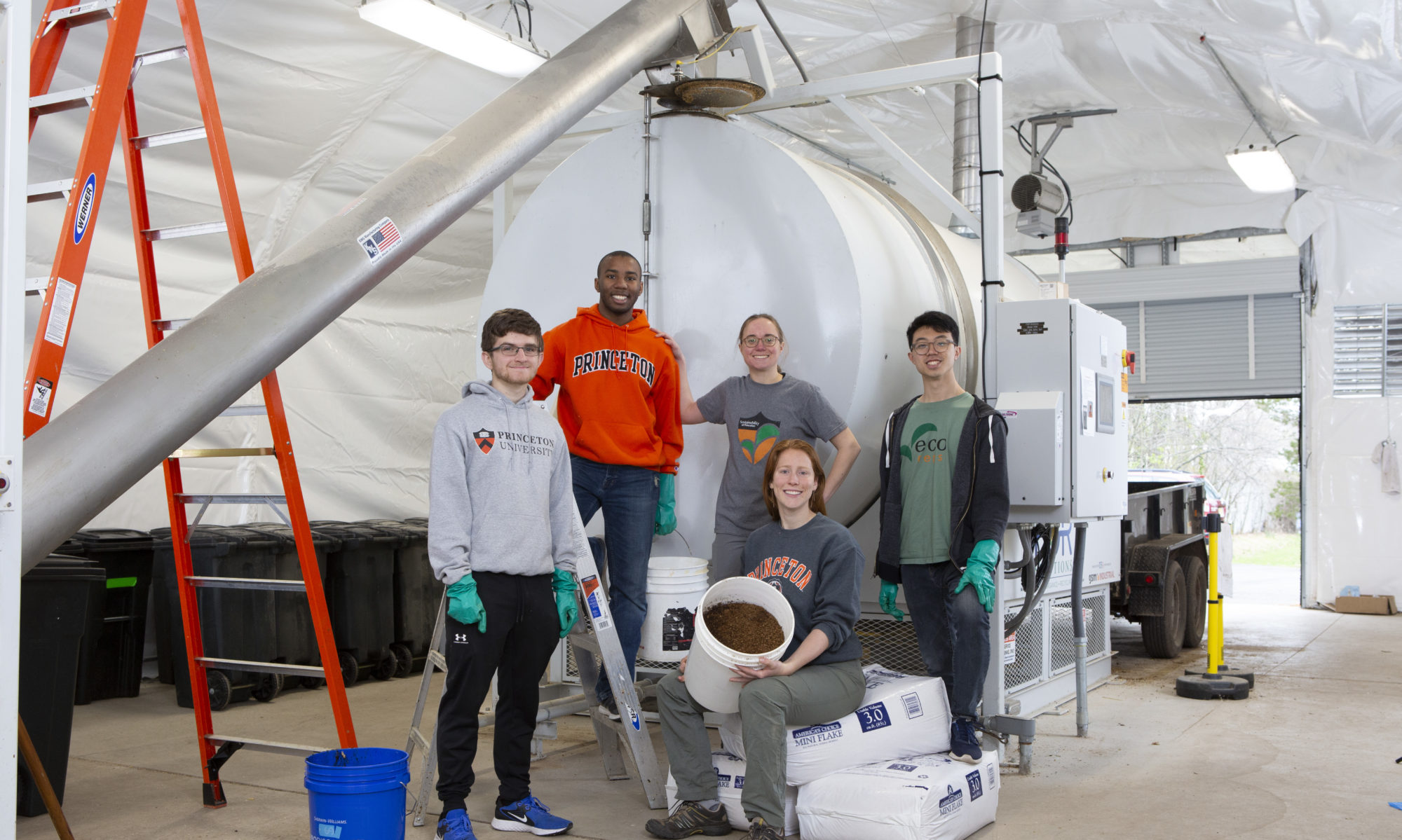Happy Friday!
We have an update on how compost from the S.C.R.A.P. Lab is being applied on campus. This week’s update comes from Luiza Wainer and Peter Green who received some of the first batch of compost from 2019 for use in a new community garden for their department. When it came time to apply the compost in their raised bed this spring, they decided to do an experiment – they split the garden in half and applied compost to one side and not the other. Can you guess which tomato plant in the below picture received the compost application?

Answer: The tomato plant on the right! Although the two plants were planted at the same time, the soil that received compost benefited from the microorganisms and additional nutrients that have supported plant growth and health in the form of a taller and greener plant.
More application updates to come!
Lastly, this post will end with a quick clarification on last week’s mention about the relationship between compost and humus. To clarify: compost and humus are not exactly the same form of matter.
Compost generally refers to a stabilized state of the controlled aerobic decomposition of organic matter when the individual parts of the organic matter are no longer recognizable. It typically occurs outside of the soil system. This is the product that we use as a soil amendment. However compost is technically not completely decomposed as all of the microorganisms are still present and are continuing to decompose the remaining material.
Humus, which is created in the soil system, is found when the decomposition process is fully completed and all of the usable nutrients have been extracted by microorganisms, a process which takes many years.
Weekly Data: 5/24 – 5/30
The S.C.R.A.P. Lab processed less uneaten food over “Dead Week” on campus due to Memorial Day and as most undergraduates left campus for the summer. However, the volume started to increase again on the last day of the loading week with the start of Princeton University’s Reunions weekend.
| Total Food | Campus Center/Cafes | Academic /Residential Buildings | Wood Shavings (BA/CS) | % BA/CS | Compost Off-Loaded | GHG Emissions Saved (MTCO2-eq) | |
| 5/24 – 5/30 | 2,164 | 2,126 | 38 | 685 | 32% | 2,000 | |
| Cumulative (lbs) | 90,049 | 87,680 | 1,626 | 28,046 | 31% | 77,500 | 27 |

Wow! I know it’s just a sample size of one tomato plant each but… Woohoo!!